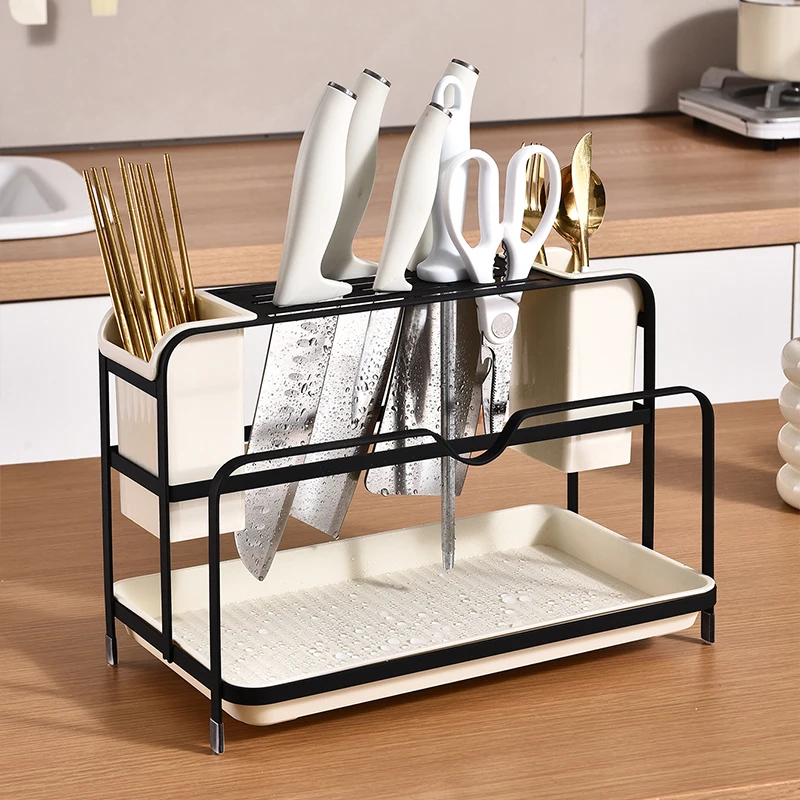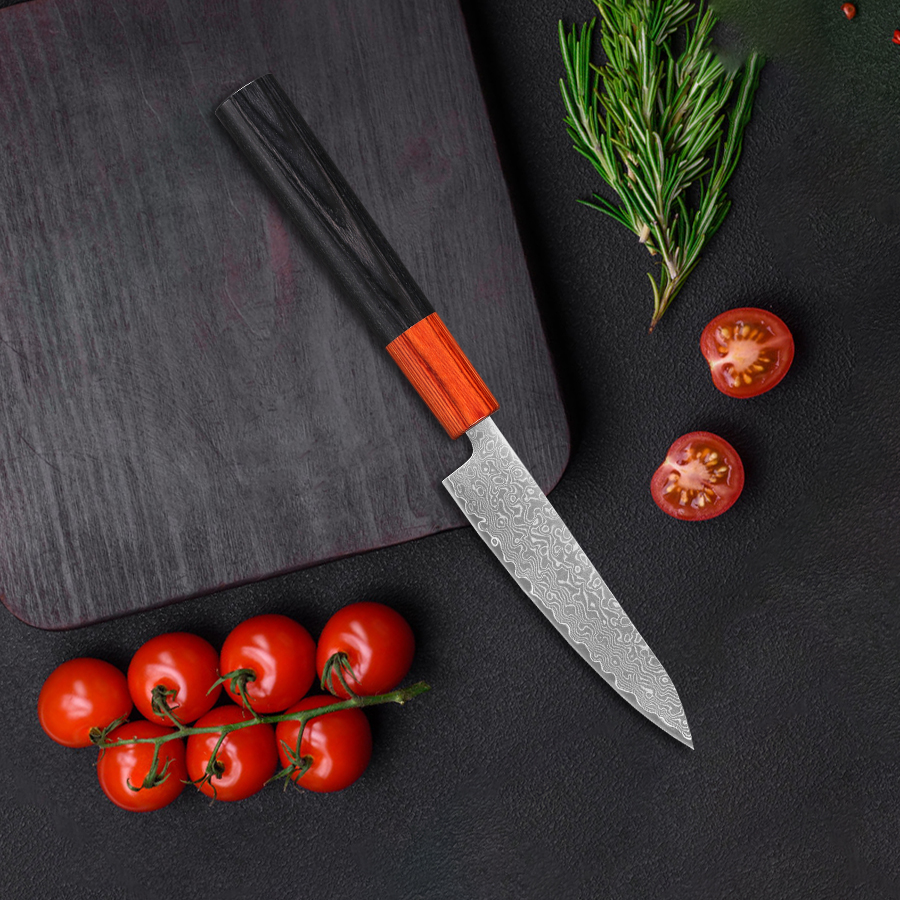Introduction
In the culinary world, whether you’re a professional chef or an enthusiastic home cook, having the right tools is crucial. One such essential tool is a knife case holder. This article will explore the various types of knife case holders, their benefits, how to choose the right one for your needs, and tips for maintaining them. We will cover everything from design considerations to practical usage, helping you make an informed decision.
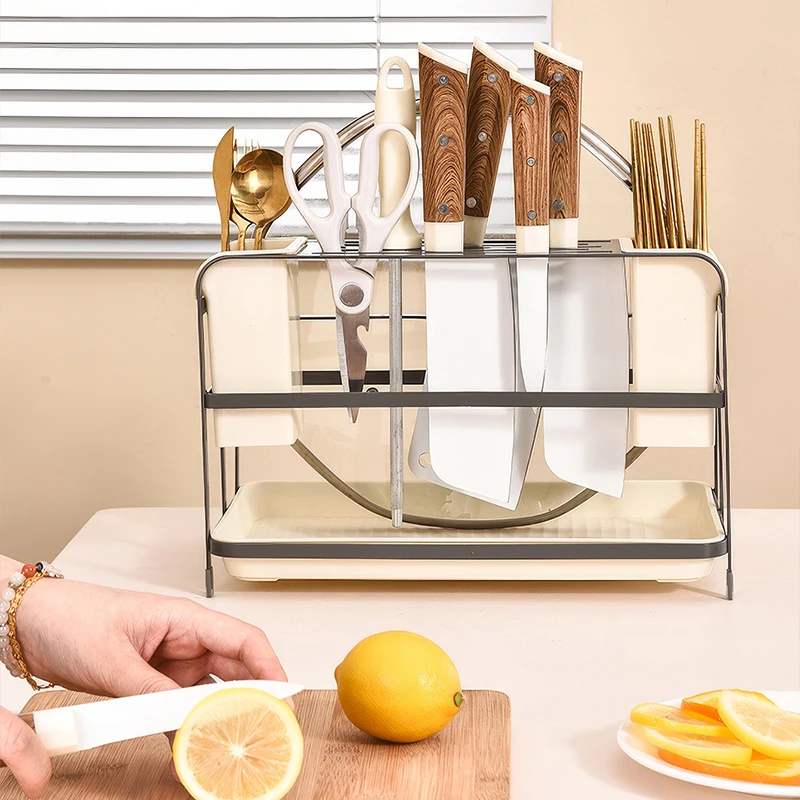
Understanding Knife Case Holders
Knife case holders are designed to store and protect knives. They come in various forms, including roll-up cases, hard cases, and magnetic cases. Each type has unique features and benefits, making it important to understand which one fits your needs.
Types of Knife Case Holders
Roll-Up Knife Cases
Design and Structure
Roll-up knife cases are popular among chefs and culinary students due to their portability and practicality. These cases typically consist of a flexible material, like fabric or leather, that rolls up to protect the knives. Inside, there are individual slots or pockets for each knife. The design allows you to store multiple knives securely in a compact form.
Benefits
- Portability: Roll-up cases are lightweight and easy to transport. This makes them ideal for traveling chefs or those who frequently attend cooking classes or events.
- Organization: Each knife slot is usually designed to hold knives of specific sizes, ensuring they remain organized and protected.
- Flexibility: The roll-up design adapts well to different knife sizes and shapes, making it versatile.
Drawbacks
- Protection Level: While roll-up cases offer good protection, they might not be as durable as hard cases. Knives could still be susceptible to impacts or rough handling.
- Space Constraints: These cases might not offer enough space for larger knives or additional tools beyond knives.
Hard Knife Cases
Design and Structure
Hard knife cases are made from rigid materials such as plastic or metal. They provide robust protection due to their hard shell. Inside, these cases feature foam or padded compartments to keep knives in place and protect them from damage. Some models have customizable foam inserts, allowing you to adjust the compartments to fit different knife sizes.
Benefits
- Durability: The hard shell provides superior protection against physical impacts and environmental factors like moisture or dirt.
- Customizability: Adjustable foam inserts or customizable compartments offer flexibility for various knife sizes and types.
- Security: Hard cases often come with locks or secure latches to prevent accidental openings.
Drawbacks
- Weight: Hard knife cases are generally heavier compared to roll-up cases, which might be less convenient for frequent travelers.
- Bulkiness: Their rigid design can be bulkier, taking up more space when stored.
Magnetic Knife Cases
Design and Structure
Magnetic knife cases incorporate magnets into their design to hold knives securely. These cases can be hard or soft-sided, with internal magnetic strips or panels. They offer a modern solution to knife storage, keeping knives in place without the need for traditional pockets or slots.
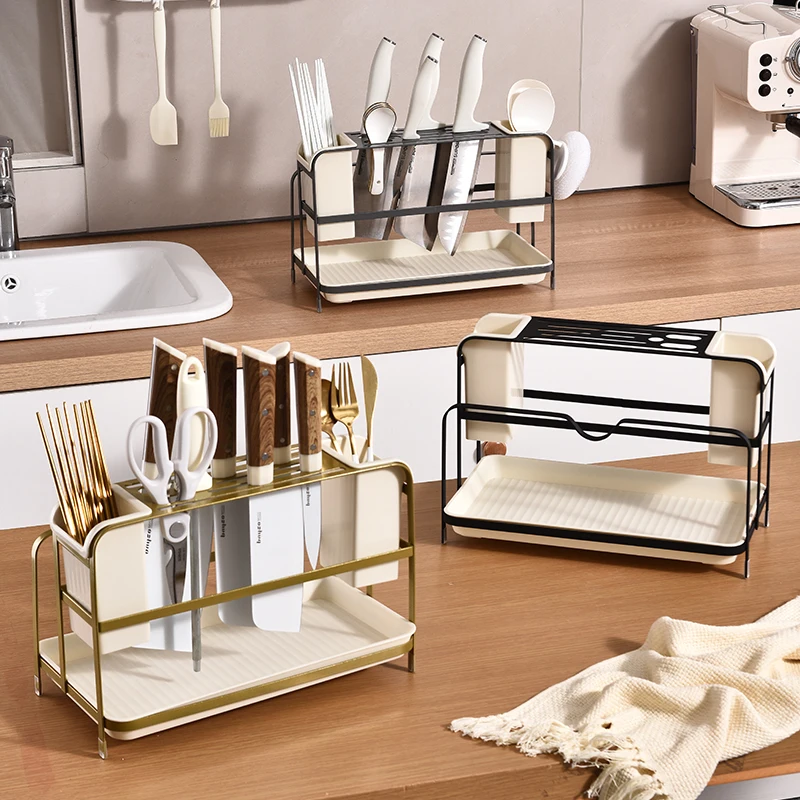
Benefits
- Ease of Use: Knives are easily accessible and can be quickly removed or inserted into the case. This is particularly useful in fast-paced environments like professional kitchens.
- Minimalist Design: Magnetic cases often have a sleek, modern appearance and can be less bulky than traditional cases.
- Customizable Storage: The magnetic design allows for flexible storage arrangements, accommodating various knife sizes and shapes.
Drawbacks
- Limited Protection: While magnets hold knives securely, the overall protection level might be lower compared to hard cases.
- Magnet Strength: The effectiveness of a magnetic case depends on the strength of the magnets. Over time, magnets might lose their holding power.
Choosing the Right Knife Case Holder
Selecting the right knife case holder involves considering several factors, including your specific needs, budget, and the types of knives you own. Here’s a detailed guide to help you make an informed choice.
Factors to Consider
1. Purpose and Usage
Determine how you plan to use the knife case holder. If you travel frequently or need to transport your knives to different locations, a roll-up case or hard case might be more suitable. For home storage, a magnetic case could be a stylish and functional option.
2. Knife Collection
Consider the number and types of knives you own. If you have a large collection or various types of knives, ensure the case can accommodate all your knives. Hard cases with customizable compartments or roll-up cases with multiple slots are ideal for diverse collections.
3. Material and Durability
Assess the material of the knife case holder. Leather, fabric, and hard plastics each offer different levels of durability and protection. Choose a material that suits your needs for protection and longevity.
4. Portability
If portability is a key concern, prioritize cases that are lightweight and easy to carry. Roll-up cases are typically more portable, while hard cases might offer more protection but can be bulkier.
5. Budget
Knife case holders come in a range of prices. Set a budget based on the features you need and the level of protection you desire. High-end cases with advanced features might be more expensive but offer superior protection and durability.
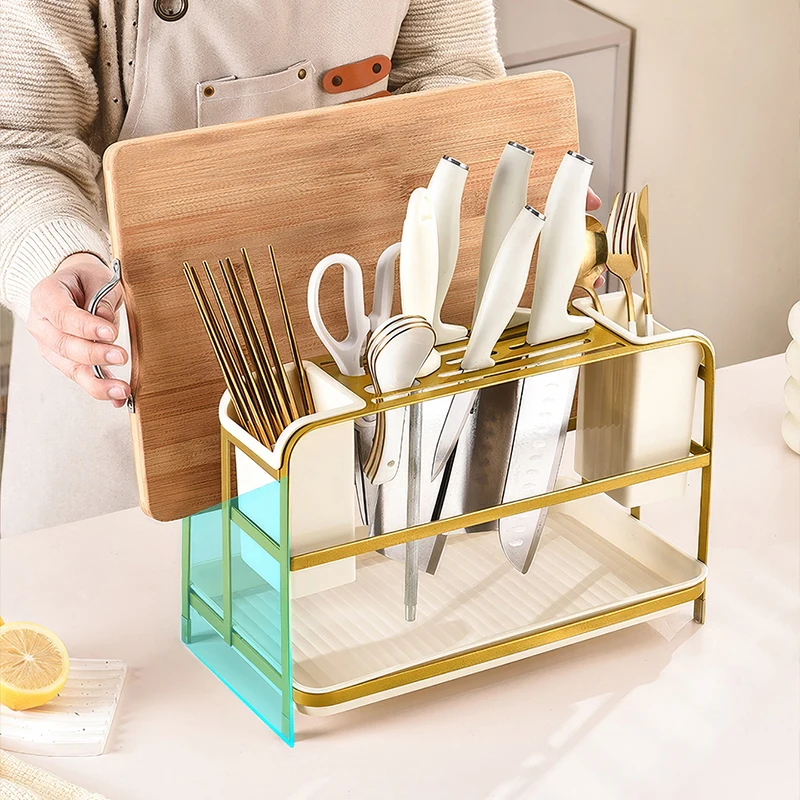
Comparing Different Models
When comparing different models, consider the following aspects:
- Number of Slots/Compartments: Ensure the case can hold all your knives and any additional tools you might have.
- Size and Dimensions: Verify that the case fits your storage space and meets your size requirements.
- Design Features: Look for features such as adjustable compartments, lockable zippers, or additional storage options.
Using a Knife Case Holder Effectively
Once you have selected the right knife case holder, it’s essential to use it correctly to ensure the longevity of both the knives and the case. Proper usage helps maintain organization and protection.
Loading and Organizing Knives
1. Proper Placement
Place each knife in its designated slot or compartment. Ensure the blade is facing away from the edges of the case to prevent accidental damage. For roll-up cases, carefully align the knives in the slots before rolling the case up.
2. Avoid Overloading
Do not overcrowd the case. Overloading can cause knives to press against each other, leading to potential damage. Leave some space between knives if possible.
3. Check Fit
Ensure that each knife fits snugly in its slot or compartment. A well-fitted knife will be secure and less likely to shift or move during transport.
Cleaning and Maintenance
1. Regular Cleaning
Keep the knife case holder clean to prevent the buildup of dirt or grime. For fabric cases, follow the manufacturer’s instructions for washing or spot cleaning. Hard cases can be wiped down with a damp cloth.
2. Inspect for Damage
Regularly check the case for any signs of wear or damage. Look for loose stitching, broken zippers, or weakened magnets. Address any issues promptly to prevent further damage.
3. Storage Conditions
Store the knife case in a dry, cool place. Avoid exposing it to excessive moisture or heat, as this can affect both the case and the knives.
Ensuring Knife Safety
1. Blade Care
Keep your knives sharp and well-maintained. Regular sharpening prevents dull blades, which can be dangerous. Use a sharpening stone or professional sharpening service as needed.
2. Safe Handling
Handle knives carefully when placing them in or removing them from the case. Always hold the knife by the handle and avoid touching the blade.
Conclusion
A knife case holder is an invaluable tool for organizing and protecting your knives. By understanding the different types, choosing the right model, and using it correctly, you can ensure that your knives remain in excellent condition. Whether you opt for a roll-up case, a hard case, or a magnetic case, the right knife case holder enhances your kitchen organization and prolongs the life of your knives. Make an informed choice, follow the best practices for usage and maintenance, and enjoy the benefits of a well-organized knife collection.
This comprehensive guide aims to help you select and use a knife case holder effectively. With the right information and care, you can keep your knives safe and easily accessible, making your culinary experiences more enjoyable and efficient.
